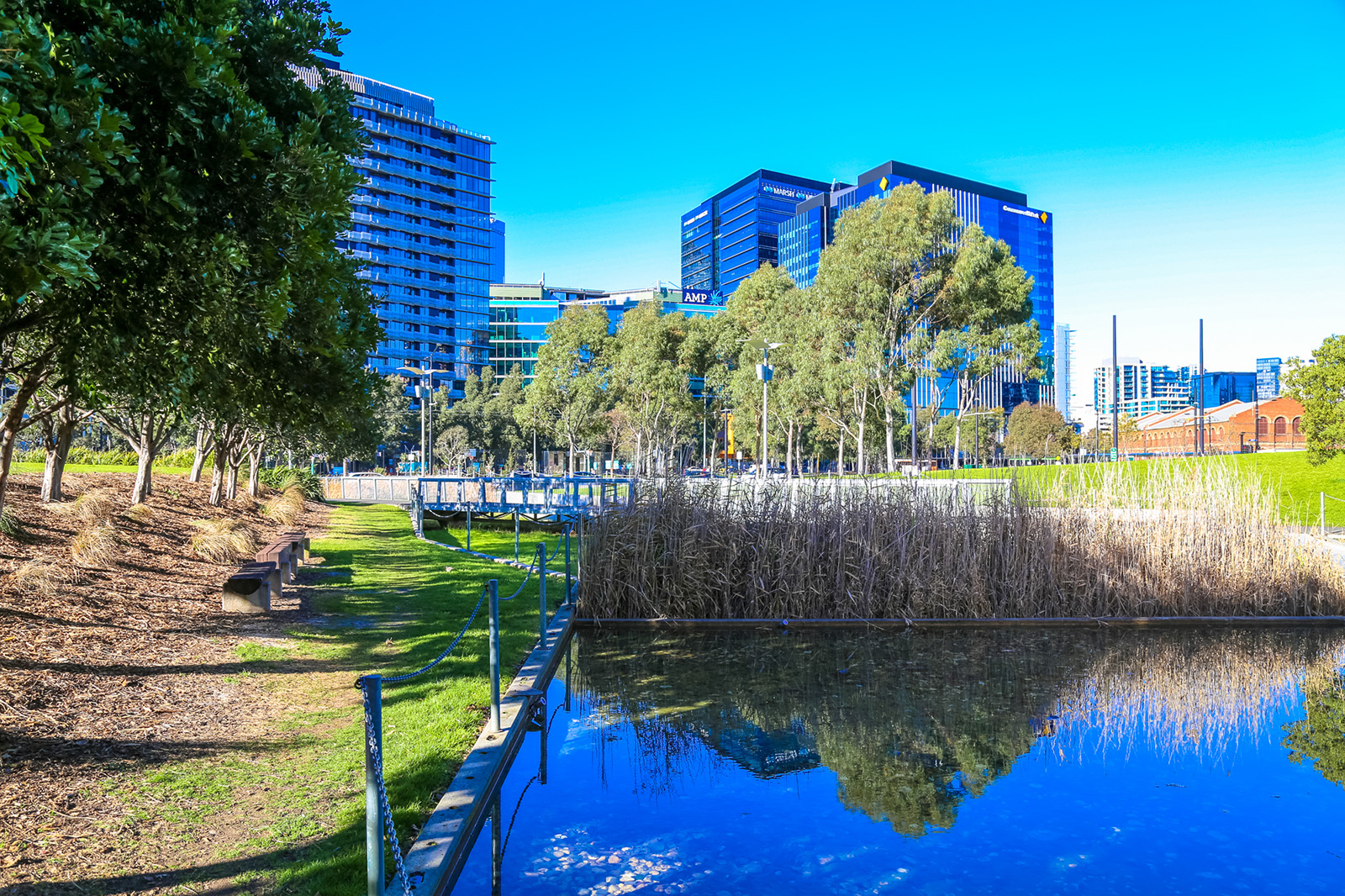CRCWSC makes submission to PC water inquiry
We often think of water sensitive practice at the local or project scale, but we should not forget how state and even national policy can influence what we do.
At the national level sits the National Water Initiative (NWI), a shared commitment by state governments to improve water management outcomes. Introduced following the COAG Water Reform Framework in 1994, it drove many reforms that we now take for granted, such as clear water planning processes and frameworks for water allocations. It finished in 2014 when these actions were completed.
Of course, urban water problems persisted. Indeed, many would argue that reform was only getting started. For example, we established the CRC for Water Sensitive Cities in 2012, and after eight years researching urban water problems and solutions, a trend is emerging of cities adopting water sensitive city (or similar) principles and practices. Several cities are making great progress; others are just starting out. And it’s not just our major cities. Regional cities are also coming on board, driven by the fragility of water resources in their catchments.
Projects, policies and plans are in place, but we lack an authorising environment for water sensitive cities, and clarity about targets, roles and responsibilities. This is where the NWI can play a role. It can harmonise the various actions happening across Australia and guide governments on how to formalise such actions, so they become everyday practice.

We recommended three key reforms to Australia’s authorising environment in our recent submission to the Productivity Commission Inquiry into National Water Reform.
First, it’s time to incorporate liveability as an objective for the water sector. At present, it sits outside the core services of the urban water sector and is delivered only as a ‘value add’—something that customers and communities want, and the water sector has the skills to deliver, but is difficult for utilities to justify spending money on. Our research shows liveability has moved beyond a being ‘new and novel’ concept; the sector understands the techniques, and case studies abound. And liveability makes economic sense too.
Second, we need to manage the urban water cycle as a whole. We can deliver liveability only if we manage the urban water in an integrated way, because that is how water infrastructure and water itself can deliver multiple benefits. And, we cannot shift the liveability indicators if we manage urban water separately from spatial planning in cities. Our research shows how we can formalise integration, with responsibilities for coordination and new planning processes to improve coordination with spatial planning.
Third, water sensitive urban design will be funded at scale only if the authorising environment for the water sector changes its objectives. Too often we see water sensitive projects having to rely on grants and subsidies, even when the benefit cost analysis shows it to be a worthwhile project. Our research highlights the narrow authorising environment for the water management—which influences what costs can be recovered via water charges—as a significant barrier.
In summary, imagine if the NWI was reinstated and drove reforms that:
- embed liveability as objective for the urban water sector, together with clear responsibilities and specific targets for these outcomes
- recognise the current shift from siloed to integrated service delivery and align policy, regulatory and planning frameworks across water cycle and with the spatial planning sector of cities
- strengthen government policy support for water sensitive cities by embedding these objectives and outcomes in statutory planning processes. This would occur on a whole-of-government basis to align investment across water, spatial planning and other sectors towards a common goal. This approach will enable water utilities and councils to recover the cost of water sensitive investments.
You can read our full submission on the Productivity Commission’s website.